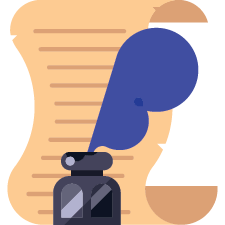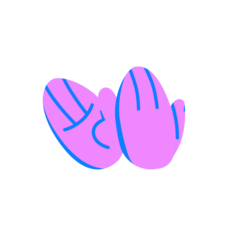Install Steam
login
|
language
简体中文 (Simplified Chinese)
繁體中文 (Traditional Chinese)
日本語 (Japanese)
한국어 (Korean)
ไทย (Thai)
Български (Bulgarian)
Čeština (Czech)
Dansk (Danish)
Deutsch (German)
Español - España (Spanish - Spain)
Español - Latinoamérica (Spanish - Latin America)
Ελληνικά (Greek)
Français (French)
Italiano (Italian)
Bahasa Indonesia (Indonesian)
Magyar (Hungarian)
Nederlands (Dutch)
Norsk (Norwegian)
Polski (Polish)
Português (Portuguese - Portugal)
Português - Brasil (Portuguese - Brazil)
Română (Romanian)
Русский (Russian)
Suomi (Finnish)
Svenska (Swedish)
Türkçe (Turkish)
Tiếng Việt (Vietnamese)
Українська (Ukrainian)
Report a translation problem








For general necessities (cereal, flour, toilet paper, hand soap) I am charging below market. Standard cooking oil and salt still count for this so a very open ended interpretation of 'necessities'.
I charge roughly +5-10% market price for p much everything else including any food items that are premade like sushi or I don't consider very necessary like olive oil. Not subsidizing those, I need to run a business and make money.
I gouge tf out of products I just don't care for like the fancy bottled milk haha. Get the refrigerated milk or refillable bottle and drink from the tap you numnuts! Fancy milk aren't going down unless there's another fire tornado! Not for daily consumption!
Also note: this isn't the best strategy at all because the products I gouge and the things people buy the most are both marginally sub optimal :P
It is fun to be a business tyrant though
for cheap products i round down
well done on the Testing
The problem is.. at this point in the game with the Lock on how many customers You can have, and there seems to be a fixed amount of Money You can earn daily no matter how high You mark items Up since the Customers are predetermined as to how much they will be spending on that particular day, I have run my store for multiple days at no mark up and have run my store multiple days at double the price for every item,. when Averaging how many customers came in over those days, i had an average of 56 customers each day (between 55 and 58) and for each of those days I earned an Average of $5500 (between 5200 and 5800)
My point is.. make the prices whatever You feel like making them.. it wont gain You or cost You more then a couple hundred bucks either way, and It wont get You that next Expansion or License at much of a different pace, You will still be grinding the days for the next unlock :) Its all part of the Fun :)
7%. I am tracking every sale, every day. At 8%, I start to see a significant increase in the number of sales that are lost.
You can round up to the nearest quarter, for easy change, and gain a BIG boost in profit.